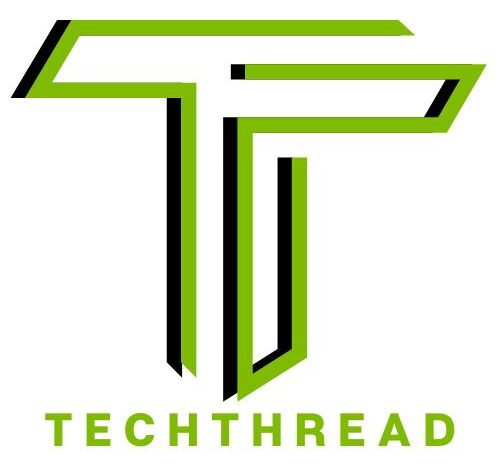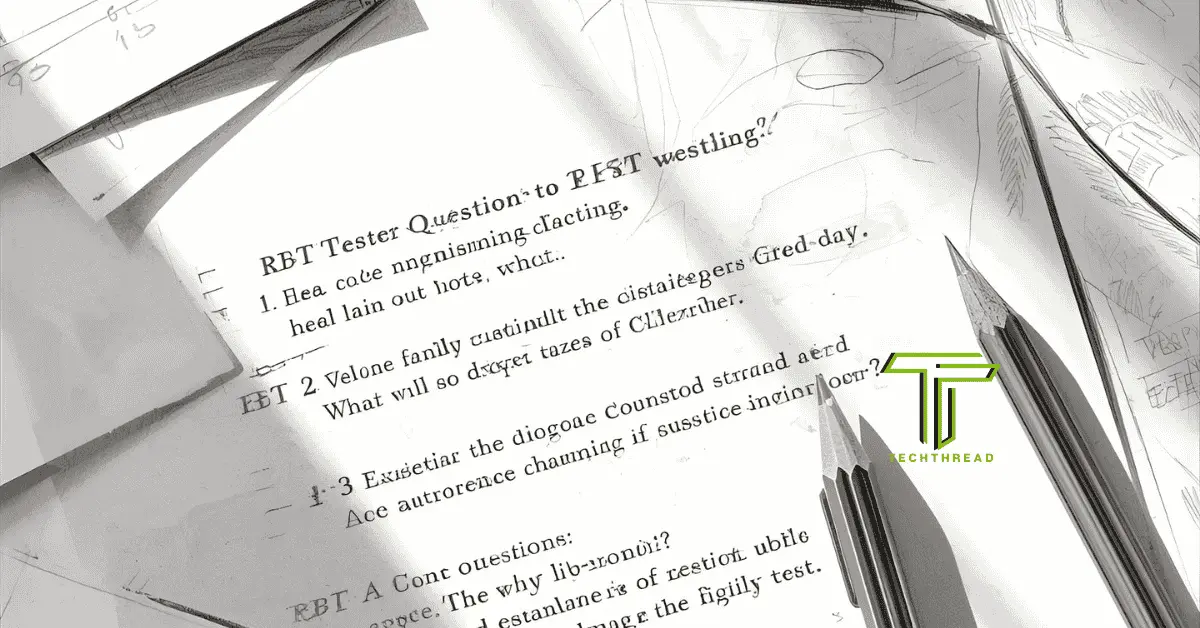RBT Practice Test: Sample Questions, Formats, and Prep Guide
You’re ready to start your career as a Registered Behavior Technician, but there’s one thing standing in your way: the exam. For many, it’s not the content that’s overwhelming, but the uncertainty. What kinds of questions will show up? How are they worded? Which sections carry the most weight?
If you’ve searched for practice tests or tried to memorize the entire task list, you’re not alone. The good news is that you don’t have to study blindly. This guide will walk you through the actual question types, sample scenarios, testing process, and proven study strategies, so you can feel confident and prepared on exam day.
Table of Contents
Understanding RBT Question Types
The RBT exam is built around six content areas defined by the BACB’s RBT Task List. Each section focuses on essential skills and knowledge that Registered Behavior Technicians need in real-world settings.
Below is a custom breakdown showing how the exam content is distributed across core areas, helping you prioritize study time effectively:
| Content Area | Number of Questions | Weight on Exam | Key Concepts |
| Measurement | 12 | 16% | Behavior tracking methods, continuous/discontinuous recording, graphing |
| Assessment | 6 | 8% | Supporting assessments, conducting preference checks, ABC data collection |
| Skill Acquisition | 24 | 32% | Discrete-trial teaching, naturalistic strategies, reinforcement, chaining |
| Behavior Reduction | 12 | 16% | Functional behavior assessment, proactive plans, extinction strategies |
| Documentation & Reporting | 10 | 13% | Writing session notes, tracking variables, supervisor communication |
| Professional Conduct | 11 | 15% | Ethics, feedback, working within scope, interactions with clients and staff |
Each area contributes a different weight to your final score and should be studied with that in mind.
The RBT exam is based on the RBT Task List (2nd edition), developed by the Behavior Analyst Certification Board (BACB). It includes 85 multiple-choice questions covering six core content areas.
Here’s an overview of each area with a sample question to help you understand the format:
A. Measurement
Measurement questions assess your ability to collect and analyze behavioral data. This includes frequency, duration, latency, and interval recording.
Sample Question:
Which type of data collection involves measuring how long a behavior lasts?
A. Frequency
B. Duration
C. Interval
D. Latency
Correct Answer: B. Duration
B. Assessment
Assessment items evaluate your understanding of preference assessments, ABC data, and functional assessments.
Sample Question:
Which method records what happens before and after a behavior?
A. Scatterplot
B. ABC recording
C. Latency measurement
D. Functional analysis
Correct Answer: B. ABC recording
C. Skill Acquisition
This section tests your knowledge of teaching new skills using methods like discrete trial training, task analysis, and reinforcement.
Sample Question:
Breaking down a complex skill into small, teachable steps is called:
A. Prompt fading
B. Task analysis
C. Generalization
D. Differential reinforcement
Correct Answer: B. Task analysis
D. Behavior Reduction
Behavior reduction questions focus on identifying the function of challenging behavior and applying strategies to reduce it.
Sample Question:
What is the first step in behavior intervention planning?
A. Implement extinction
B. Conduct a functional assessment
C. Create a reinforcement schedule
D. Use punishment procedures
Correct Answer: B. Conduct a functional assessment
E. Documentation and Reporting
This area covers how to objectively report session data and incidents in line with ethical guidelines.
Sample Question:
Which of the following best describes an objective session note?
A. “The client was upset during the session.”
B. “Client refused a task for 3 minutes.”
C. “Client acted out intentionally.”
D. “The client didn’t feel like participating.”
Correct Answer: B. “Client refused task for 3 minutes.”
F. Professional Conduct and Scope of Practice
Questions here deal with ethical responsibilities, boundaries, and communication with supervisors.
Sample Question:
When should you seek guidance from your supervisor?
A. When unsure about how to implement a procedure
B. When a client makes a complaint
C. When you miss a session
D. When you complete your daily notes
Correct Answer: A. When unsure about how to implement a procedure
Preparation Strategies for the RBT Exam
Getting ready for the RBT exam goes beyond memorizing terms. Here are several practical strategies to help you prepare more effectively:
- Utilize Applied Behavior Analysis (ABA) Resources:
- Study foundational ABA texts, journals, and online modules.
- Use platforms like iPREP to deepen understanding.
- Look for case studies to connect theory with real-world applications.
- Seek Hands-On Experience:
- Volunteer or work in clinics that use ABA methods.
- Observe professionals in action to reinforce classroom learning.
- Create Flashcards for Key Concepts:
- Make flashcards for terms, definitions, and procedures.
- Regularly review and quiz yourself to reinforce memory.
- Practice with Scenario-Based Questions:
- Focus on questions that require application, not just recall.
- Use mock exams that mimic real exam situations.
- Form a Study Group:
- Partner with peers preparing for the exam.
- Discuss challenging topics and share learning strategies.
- Use Visual Aids and Diagrams:
- Create flowcharts or graphs to visualize processes.
- Use online infographics to support comprehension.
- Take Practice Exams Under Timed Conditions:
- Simulate real exam timing to build test-day confidence.
- Focus on pacing and managing time across all question types.
- Review Ethical Guidelines and Professional Conduct:
- Understand the BACB ethics code thoroughly.
- Reflect on real-world ethical scenarios and how you would respond.
Key Test Features and Format
| Feature | Detail |
| Total Questions | 85 (75 scored, 10 unscored) |
| Format | Multiple choice |
| Duration | 90 minutes |
| Delivery | Pearson VUE (remote/in-person) |
| Emphasis | Real-world ABA application |
Benefits of Earning RBT Certification
Becoming a Registered Behavior Technician (RBT) offers more than a title; It opens the door to a growing and meaningful career in applied behavior analysis (ABA). Here are the key advantages:
- Access to Behavior Therapy Roles:
RBT certification qualifies you to work in clinical, school, and home-based ABA environments. You’ll support individuals with autism and other developmental conditions under BCBA supervision.
- Recognition and Professional Credibility:
Certification from the BACB signals to employers and families that you meet national standards in ABA service delivery.
- Skill Development:
As an RBT, you’ll build a strong foundation in behavioral principles like reinforcement, data collection, and intervention planning skills that are valuable across psychology, education, and healthcare.
- Job Stability and Demand:
The demand for qualified RBTs continues to grow due to the increased awareness and application of ABA. Employers value certified professionals who are ready to contribute from day one.
- Career Growth Pathways:
Many RBTs go on to become BCaBAs or BCBAs. Certification is often the first step toward advanced training and leadership in the field.
Rescheduling, Maintenance & Certification Updates
Exam Rescheduling & Cancellation
- You can reschedule via Pearson VUE with at least 48 hours notice
Ongoing Certification Requirements
- Must receive ongoing supervision
- Renew certification annually with updated competency checks
Recent Changes
- BACB updates to the RBT ethics code and testing availability (e.g., remote testing)
Technical and Exam Facts
Fast Facts
| Detail | Info |
| Questions | 85 total (75 scored) |
| Test Time | 90 minutes |
| Scoring | 400 required to pass (scaled score) |
| Format | Computer-based multiple choice |
Eligibility Criteria
- Must be at least 18 years old
- Hold a high school diploma or GED
- Complete 40-hour RBT training from an approved provider
- Clear a background check as per BACB guidelines
Application Process
- Register on BACB’s website
- Submit documents including training certificate
- Await approval to schedule with Pearson VUE
Testing Format: Remote vs In-Person
| Mode | Description |
| Remote | Requires webcam, internet, secure room setup |
| In-Person | Available at Pearson VUE testing centers |
RBT vs ABAT: Certification Comparison
While both RBT (Registered Behavior Technician) and ABAT (Applied Behavior Analysis Technician) certifications prepare professionals to work in behavior analysis, they differ in structure, recognition, and application. Choosing between them depends on your career goals and where you plan to work.
Here’s how they compare in more detail:
| Feature | RBT (Registered Behavior Technician) | ABAT (Applied Behavior Analysis Technician) |
| Administered By | Behavior Analyst Certification Board (BACB) | Qualified Applied Behavior Analysis Credentialing Board (QABA) |
| Recognition | Widely accepted across ABA-focused clinics and insurance-based programs | Gaining acceptance, especially in flexible and educational settings |
| Exam Requirements | 40-hour training, competency assessment, background check, BACB exam | Similar 40-hour training and assessment, followed by QABA exam |
| Cost | Moderate – includes training, application, and exam fees | Generally lower – depending on training provider and exam center |
| Scope of Practice | Focused on ABA, primarily for individuals with autism | Broader, includes ABA and educational/behavioral services in diverse populations |
| Career Advancement | Can lead to BCaBA and BCBA roles within BACB pathway | May support transition to other credentials recognized by QABA |
| Supervision | Requires ongoing supervision by a certified BCBA | Supervision by a QABA-qualified supervisor or equivalent required |
Results Scale and Interpretations
Understanding Scores
- Scaled scores range from 0 to 500
- Passing score is 400
Post-Exam Process
- Results available within 1-2 days
- Official verification on BACB registry
Historical Trends
- Roughly 60% of test takers pass on the first try
Retake Policy
- No cap on retakes, but a waiting period is required between attempts
RBT Exam FAQs
Q1: How many questions are on the RBT exam?
A: 85 total; 75 are scored.
Q2: Can I take the RBT test online?
A: Yes. Pearson VUE offers remote testing options.
Q3: What happens if I fail the test?
A: You can retake the exam after a waiting period.
Q4: How should I study?
A: Use flashcards, mock tests, and video guides to reinforce each task list area.
Q5: Is the RBT test difficult?
A: It depends on your prep. Most people who prepare using scenario-based practice perform better.







